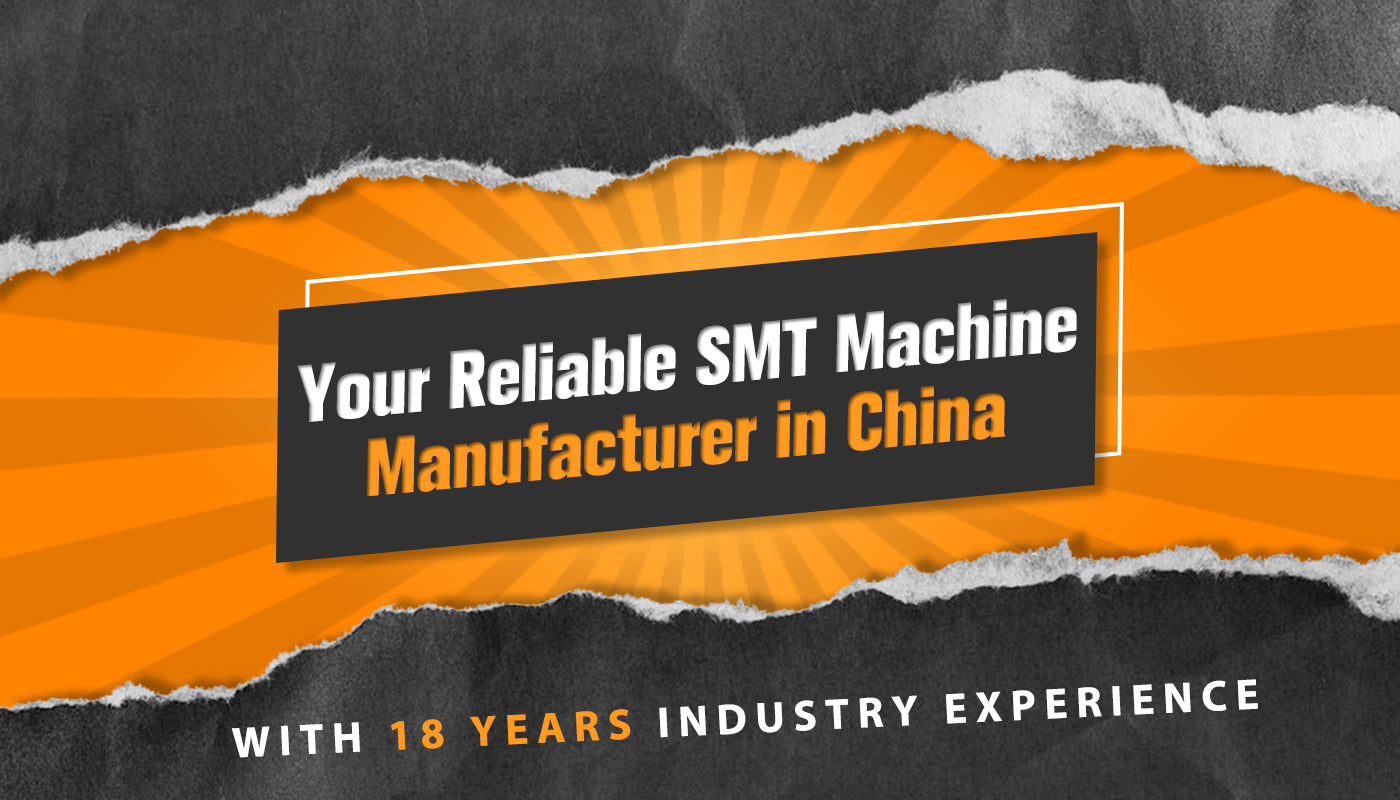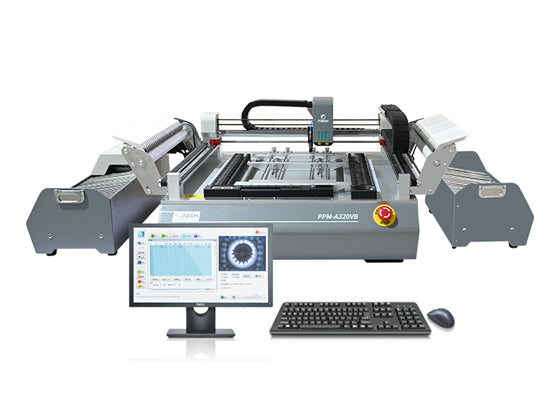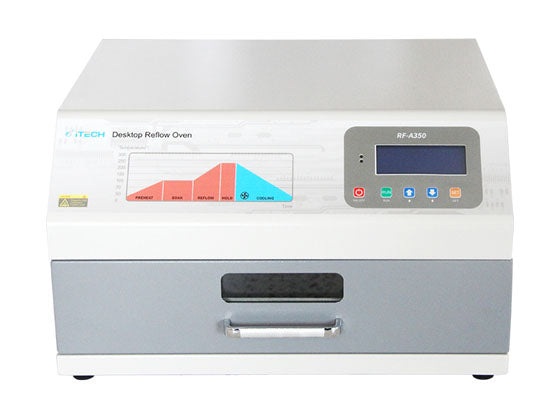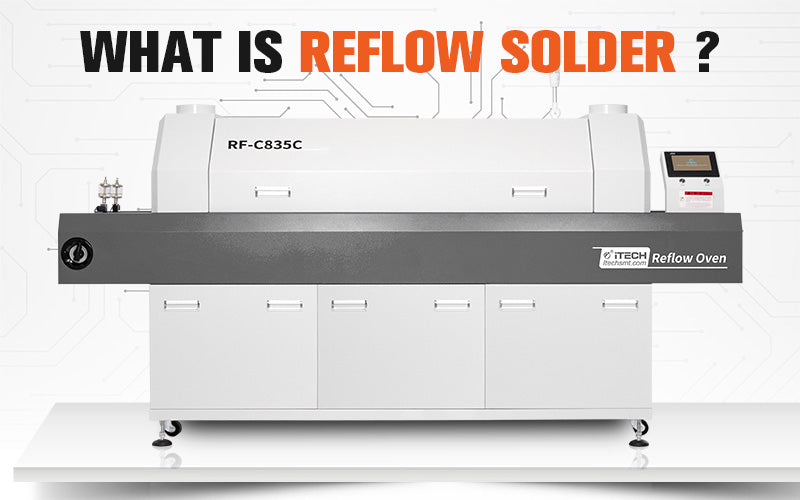A pick and place machine is a robotic assembly system used in the surface mount technology (SMT) process to accurately place electronic components onto a printed circuit board (PCB). Here's a general overview of how a pick and place machine works:
-
Component Feeding: The pick and place machine is equipped with a system of feeders that hold the electronic components, such as resistors, capacitors, ICs, and connectors. These feeders can be tape feeders, tray feeders, or bulk feeders depending on the component type and packaging.
-
Component Recognition: The pick and place machine utilizes vision systems and sensors to identify and locate the components in the feeders. This involves capturing images, analyzing patterns, and using algorithms to determine the position, orientation, and dimensions of each component.
-
PCB Alignment: The PCB is positioned on the machine's work area, typically on a conveyor or a dedicated fixture. The pick and place machine uses alignment mechanisms, such as fiducial marks or optical sensors, to precisely position the PCB in the correct orientation.
-
Component Pickup: Once the machine has identified the components and aligned the PCB, it employs a robotic arm or gantry system with vacuum nozzles or specialized tools to pick up the components from the feeders. The selection of the appropriate tool and nozzle depends on the component type, size, and handling requirements.
-
Component Placement: The robotic arm moves the component to the designated location on the PCB. The machine uses the vision system and precision controls to align the component with the correct solder pads or mounting locations on the PCB.
-
Component Placement Verification: After the component is placed, the pick and place machine often employs vision systems or sensors to verify the accuracy of the placement. This helps detect any misalignment or defects in real-time and ensures the component is correctly seated on the PCB.
-
Repeat Process: The pick and place machine repeats the above steps for each component on the PCB, working in a sequential or simultaneous manner depending on the machine's capabilities. This process is highly automated and can handle hundreds or thousands of components per minute, depending on the machine's speed and complexity.
-
Soldering: Once all components are placed on the PCB, it is typically transferred to a separate process, such as an SMT reflow oven, where the solder paste is melted to create reliable electrical connections between the components and the PCB.
Throughout the entire process, the pick and place machine relies on precise motion control, vision systems, and software algorithms to ensure accurate component placement, high-speed operation, and efficient assembly. Advanced machines may incorporate additional features like automatic nozzle changers, multi-camera systems, and intelligent algorithms for optimizing placement strategies and minimizing errors.






